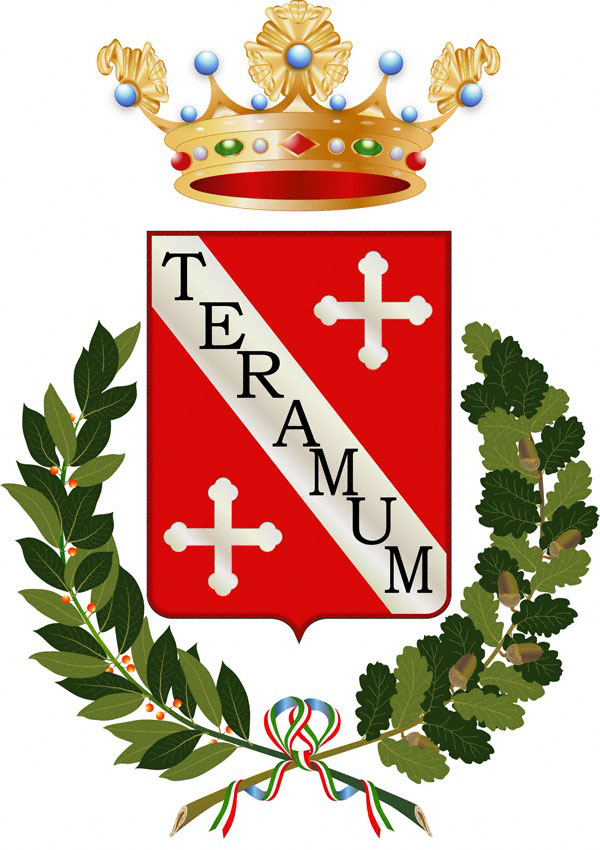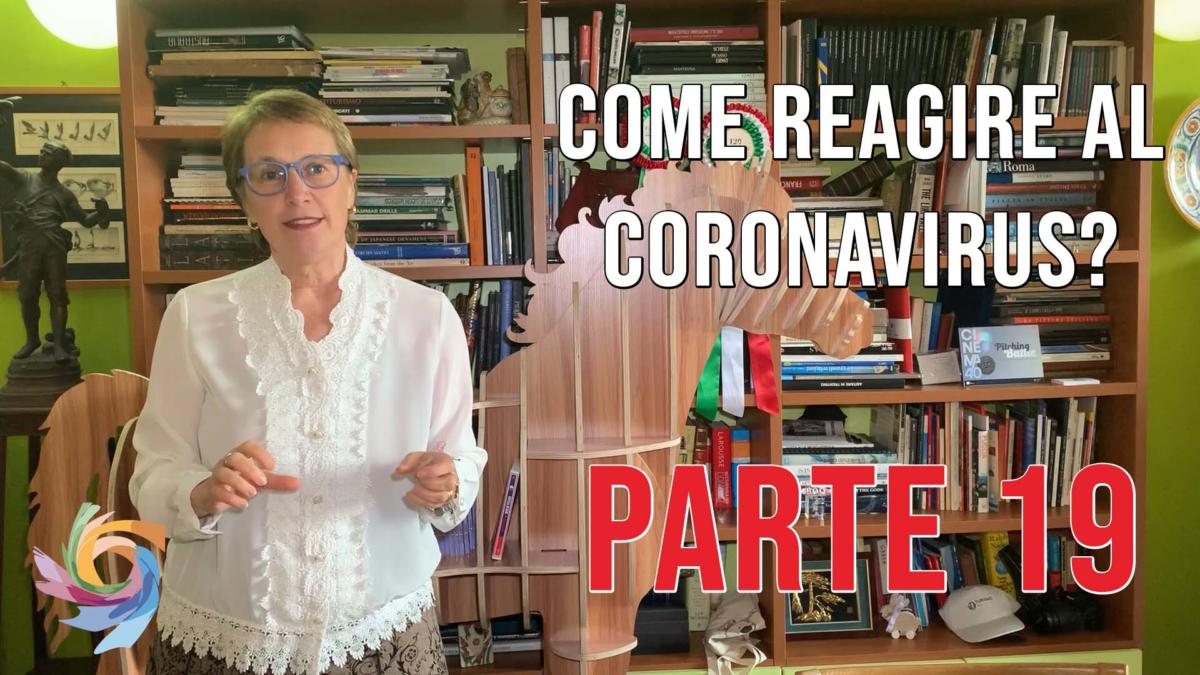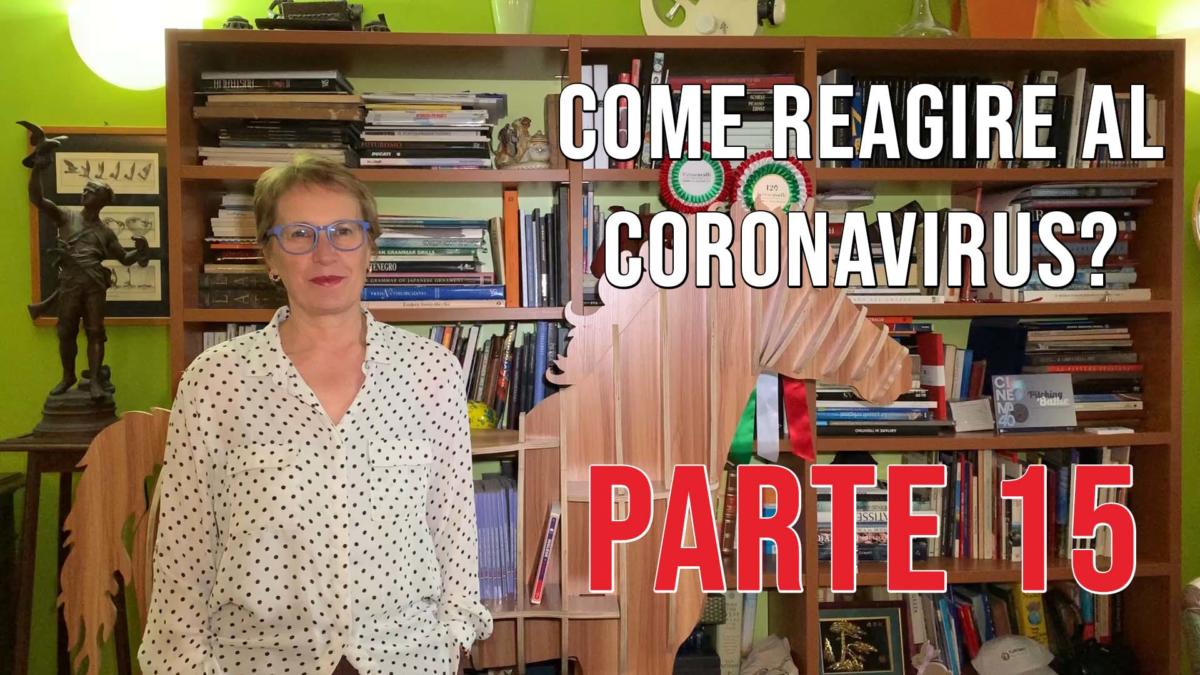

As a result of the river flowing to the sea, its history is very ancient and it began as a colony of the Phoenicians, with the name of Petrut, and as the capital of the Pretuzi, the ancient people who lived in this part of Abruzzo.
In the third century BC, Rome expanded into Abruzzo and conquered Teramo which became Interamnia Praetutianorum: Interamnia means 'city between the two rivers' and this word would then be transformed into Teramo over the centuries. During the empire it had moments of great pomp and architectural splendour and in the administrative division that was made by the emperor Augustus, Teramo was inserted in the Regio V Picenum.
Its size can be understood from the remains of the Roman theatre and amphitheatre, which were then stripped to make the Cathedral of Santa Maria Assunta and other religious buildings.
After the fall of the Roman Empire, Teramo was invaded by the Visigoth barbarians who then left the territory to the Lombards. These were to reign for a long time with the Duchy of Spoleto until the arrival of the Normans and from 1140 when true feudalism was born and Teramo became part of a county that will always refer to the kingdoms of the south, to the Kingdom of Sicily and then of Naples.
In the meantime, the Catholic Church began its administrative organization and formed a garrison of this area through the bishopric.
A new social and administrative structure was brought by Frederick II of Swabia,
Stupor Mundi, who in 1233 divided Abruzzo into two areas. With the arrival of the Angevins, the division was confirmed and Teramo became the capital of Further Abruzzo.
With its status and its centrality, Teramo experienced a period of great prestige that is found in the buildings, in the hospital of Sant'Antonio and in the ever larger and richer churches created by ambitious bishops such as Niccolò degli Arcioni, who arrived in 1317 , and his successors.
The construction of the prestigious Episcopal palace, right in the heart of the medieval city, dates back to 1374.
From the 14th century a period of wealth began, with strong commercial relations with Umbria, Tuscany and the Republic of Venice, held back only by internal feuds. In fact there are two rival families that for years created terror and give rise to very violent episodes. They were the De Melatino, who will be called 'the robbed' because at the end of the disputes they would be defeated and lose everything, and the De Valle, called Mazzaclocchi because of the club they used.
According to a local legend, the conflict ended thanks to a "family strike" called by the women of Teramo who were tired of so much violence.
But the life of Teramo has never been truly peaceful and the decline of the city started from the disputes with the neighboring territories and from two earthquakes, that of 1380, which started the period of dominion of the Duchy of Atri, and that of 1456.
One of the stories that marked the life of Teramo was the siege of the city by the powerful Acquaviva family and the appearance of San Berardo di Pagliara. It seems that it was this apparition of the Patron Saint and of Our Lady of Grace that freed the city and inaugurated a period of splendour.
In the meantime the Aragonese had arrived and then came the powerful Charles V of Habsburg, emperor of the Holy Roman German Empire, King of Spain, Prince of the Netherlands, King of Italy, King of Sicily and King of Naples. It is said that the sun never set on his kingdom.
Teramo then became part of the Farnesian State wanted by Margherita of Austria, daughter of Charles V, and called 'la Madama' (hence the name of Palazzo Madama at the seat of the current Italian Senate in Rome), and her husband Ottavio Farnese which brought a Cultural Renaissance to these territories.
The cultural development of Teramo in the seventeenth century was also favoured by the foundation of the first printing house in 1589 by the Facij brothers.
In 1556 in this part of Abruzzo the Salt War was fought between the Catholic Church of Pope Paul IV supported by France and Spain with the Habsburgs. But Teramo has always remained under the control of the southern kingdoms.
Teramo's life was then turned upside down by another catastrophic earthquake in 1703 and by the following cholera which brought about destruction and poverty.
Napoleon's arrival in 1798 led to looting and destruction and also to an administrative reorganization. Feudalism was abolished and Teramo became the capital of the province of Abruzzo Ultra I.
With the Congress of Vienna, Teramo entered the Kingdom of the Two Sicilies where it would remain until the Unification of Italy in 1861.
In 1832 King Ferdinand II of Naples visited the city and this century is culturally marked by the activity of Melchiorre Delfico and Francesco Savini who organised the great cultural heritage to be able to preserve it over the centuries.
In the Second World War, the battle of Bosco Matese between the Germans and the Italian resistance was fought near Teramo.
A note: the beautiful Monica Castle right in the centre of the town is actually a building born in the early twentieth century combining a series of medieval buildings and the church of San Venanzio. It has a neo-Gothic style and was created by the artist Gennaro della Monica.










Follow us